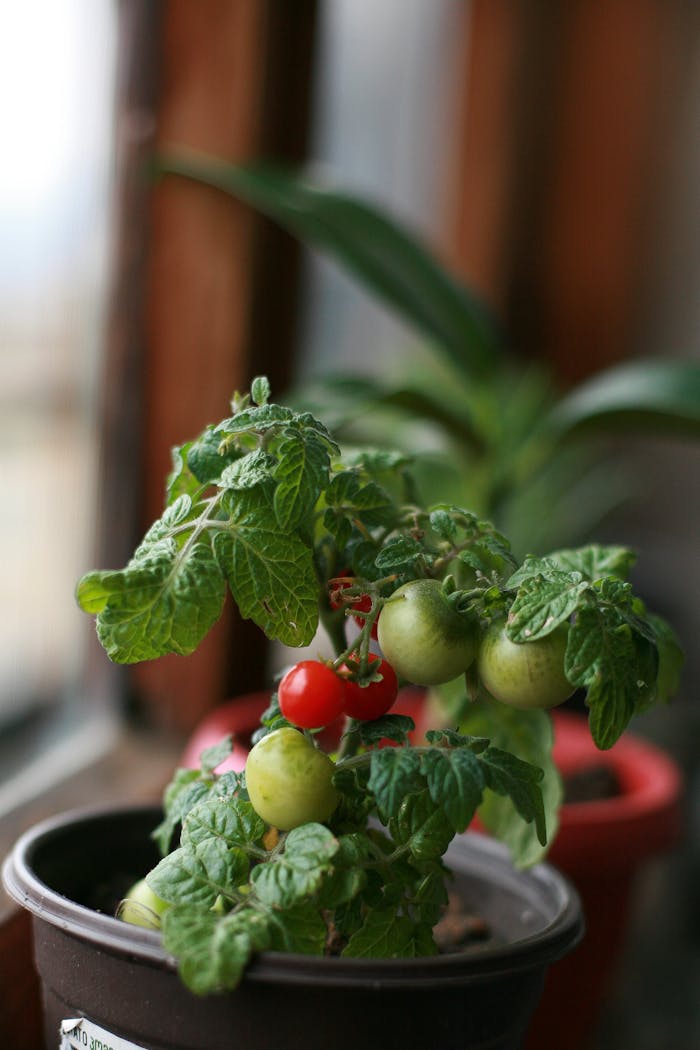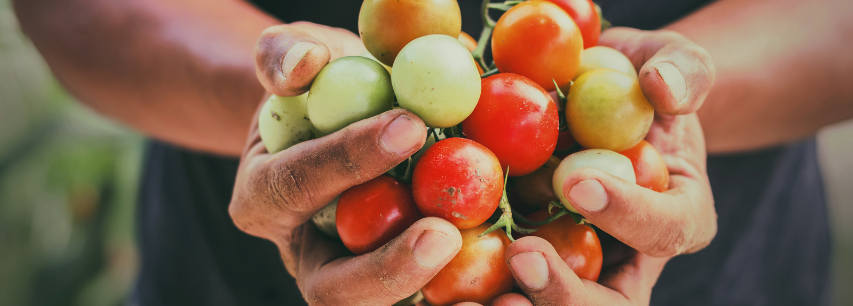Are you tired of the same old supermarket produce that lacks flavor and freshness? Then it’s time to get your hands dirty and start an Urban garden!
Let’s Get Our Hands Dirt
Growing your own food ensures that you have access to the freshest and most flavorful produce. There’s something special about plucking a perfectly ripe tomato straight from the vine or harvesting crisp lettuce for a salad.
No longer will you have to settle for lackluster supermarket produce that has traveled miles and lost its natural taste along the way.
Cultivating your own kitchen garden promotes a sense of self-sufficiency. By taking the reins and growing your own fruits and vegetables, you become less reliant on external sources for your food supply. This can lead to a greater sense of empowerment and confidence in your abilities to provide for yourself and your family.
Moreover, the act of gardening is also known to be a stress-relieving activity. Spending time outdoors, connecting with nature, and nurturing plants can have therapeutic effects, helping to improve mental health and overall well-being, we highly recommended it!
It encourages a more sustainable mindset, promoting environmentally friendly practices such as composting and reducing food waste.
Choosing the Perfect Spot for Your Urban Space
Creating a Sustainable Urban Garden
Choosing the perfect spot for your urban garden is crucial to its success and productivity. When selecting a location, there are a few key factors to consider.
Firstly, sunlight is essential for the growth and development of plants. Most vegetables and herbs require at least six hours of direct sunlight each day. Take note of where the sun shines brightest and choose a spot that receives ample sunlight throughout the day.
Secondly, consider the soil quality. The soil should be fertile, well-draining, and rich in organic matter. Conduct a soil test to determine its pH level and nutrient content. If needed, you can amend the soil by adding compost, organic manure, or other soil additives to improve its quality.
Additionally, accessibility is an important factor to consider. Ensure that the garden is easily accessible for watering, weeding, and harvesting. It’s also a good idea to position your garden near a water source to simplify the watering process.
Selecting the Right Plants for Your Urban Garden
Now that you’ve found the perfect spot for your urban garden, it’s time to select the right plants to grow.
Consider growing plants that you frequently use in your cooking. Do you love adding fresh herbs like basil, parsley, or mint to your dishes? Or perhaps you enjoy cooking with tomatoes, peppers, and leafy greens? Choose plants that align with your culinary preferences to make the most out of your urban garden.
Another factor to consider is your climate and the growing season. Research which plants thrive in your specific area and choose varieties that are well-suited to your climate. This will ensure that your plants have a higher chance of success.
Don’t be afraid to experiment with new plants as well. Trying out different varieties and introduce new flavors and textures to your cooking.
Nurture your Plants
To start, ensure that your plants are receiving adequate hydration. Regularly inspect the soil and water them when it feels dry to your touch. Various plants have unique watering needs, so it’s important to research and adapt as necessary. Keep in mind that over-watering can be equally detrimental as under-watering.
Next, give your plants the nourishment they need by feeding them the right nutrients. You can choose to use organic fertilizers or make your own compost to provide a rich source of nutrients. This will not only promote healthy growth but also enhance the flavor of your produce.
In addition to water and nutrients, your plants also need proper sunlight. Make sure they receive adequate sunlight according to their specific requirements. If you have limited space or live in an area with limited sunlight, you can consider using grow lights to supplement the natural light.
Lastly, keep an eye out for pests and diseases. Regularly inspect your plants for any signs of infestation or illness. Early detection and prompt action will help prevent the spread of pests and diseases, ensuring the health and vitality of your garden.
Remember, your kitchen garden is a living, breathing ecosystem that thrives on your tender love and care. Enjoy the process of nurturing your plants, witnessing their growth, and harvesting the fruits of your labor. Your efforts will be rewarded with bountiful harvests and a deep sense of satisfaction.
So roll up your sleeves, grab your watering can, and get ready to shower your plants with love and care.
Harvesting the Fruits (and Vegetables!) of Your Labor
The moment you pick that plump, juicy tomato or pluck those vibrant, leafy greens, a rush of satisfaction and fulfillment will wash over you. The taste and smell of freshly harvested produce is incomparable to anything you can find in a store. It’s nature’s way of rewarding you for your dedication and perseverance.
When it comes to harvesting, timing is key. Each plant has its own cues to let you know when it is ready to be picked. The color, size, and texture of the fruits and vegetables are all indicators of their ripeness. Take a moment to observe and appreciate the beauty of your harvest before reaching for your gardening tools.
Gently, yet firmly, remove the mature fruits and vegetables from their plants. Be careful not to damage the remaining produce or the plant itself. Remember, you are still the nurturing hand, even in the act of harvesting. Treat your plants with the same love and care as you have throughout their journey.
Whether it’s a refreshing salad, a hearty stir-fry, or a homemade tomato sauce, let your imagination run wild. Experiment with flavors and herbs from your garden, and savor the taste of your very own homegrown ingredients.


